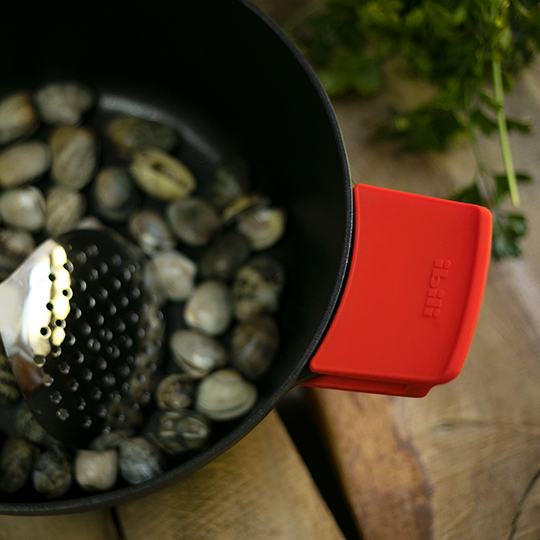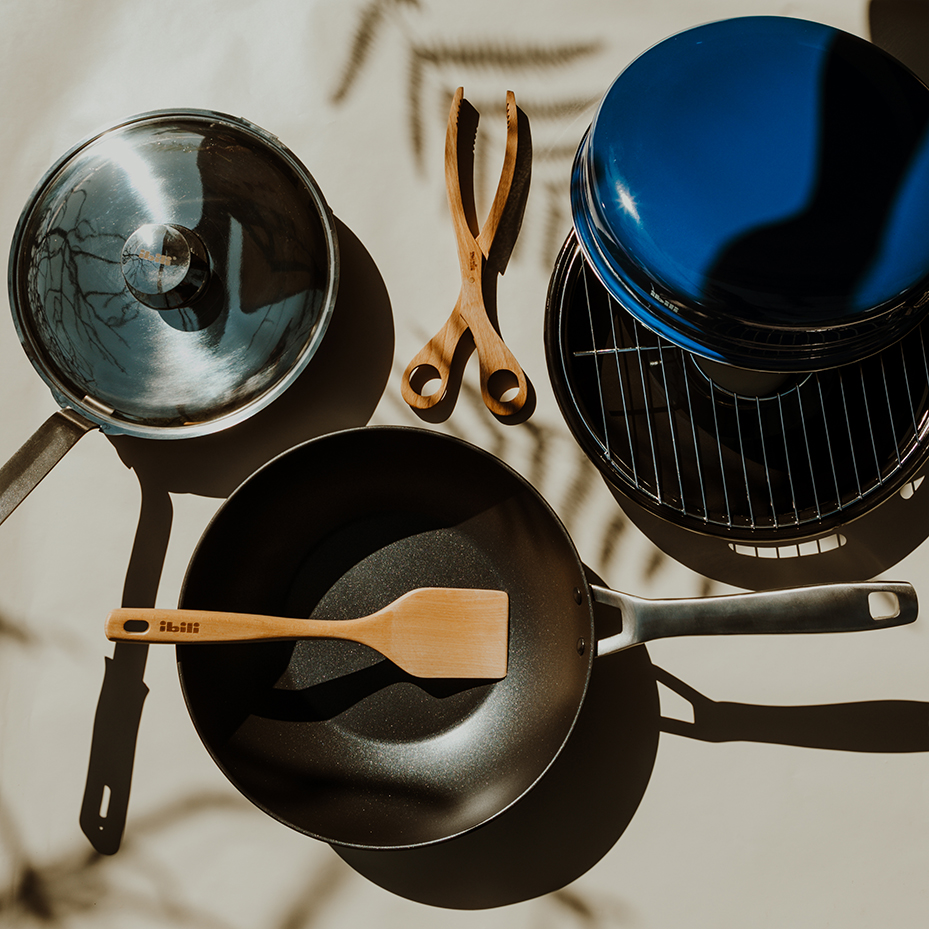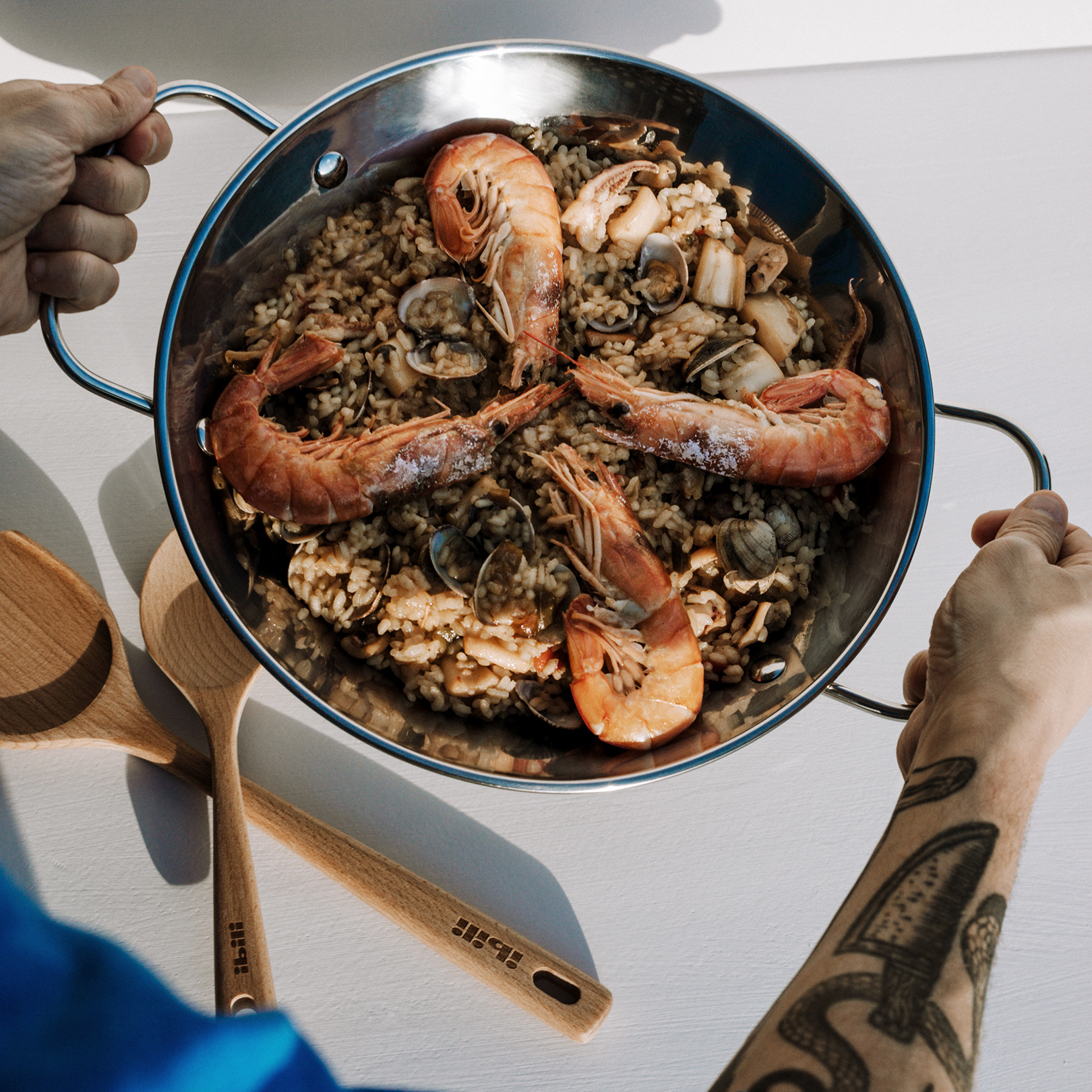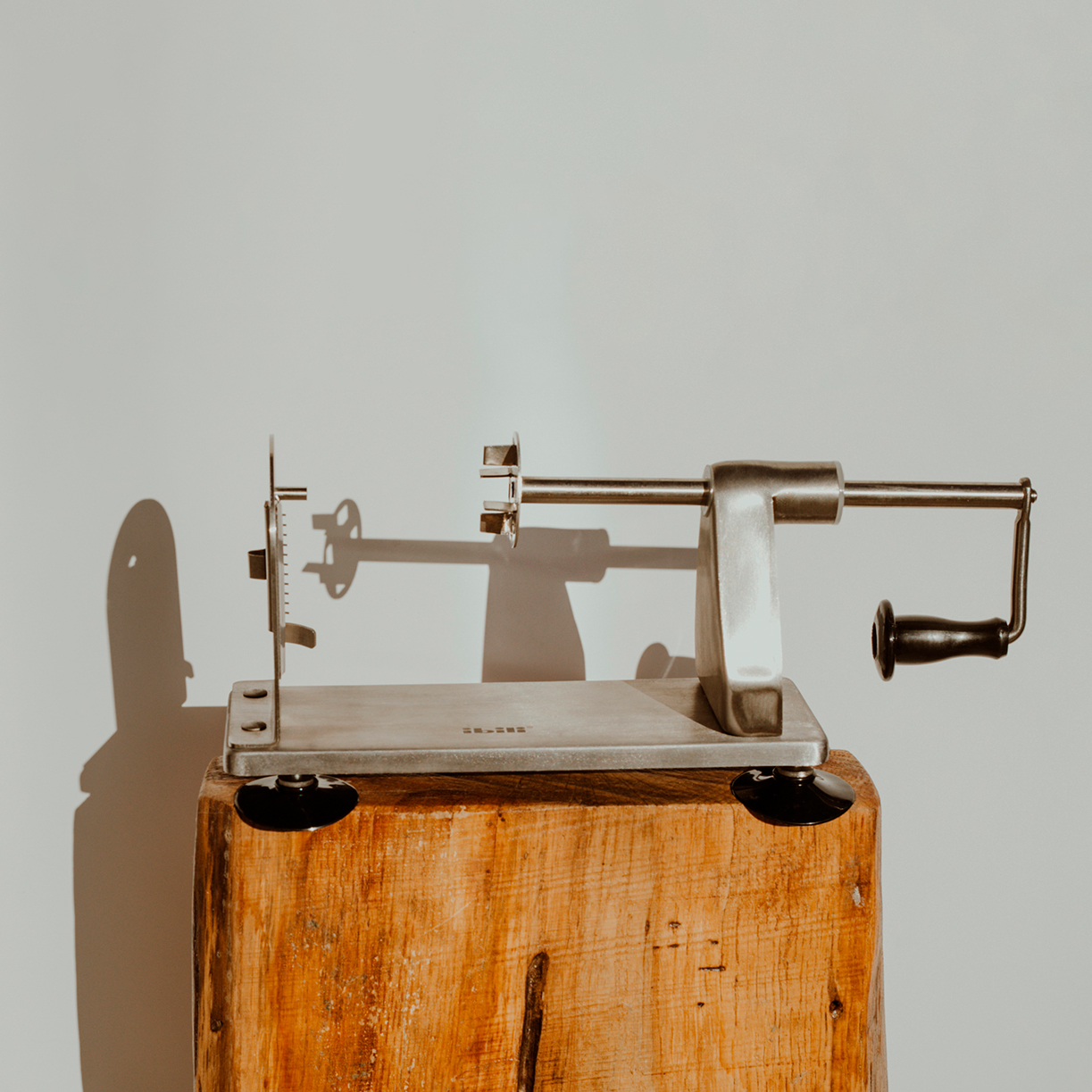- pots & saucepans
Pots & saucepans
Because magical things can happen in your kitchen
- pans & grills
Pans & grills
The famous sizzle, master the technique with the best pan.
- paella pans
Paella pans
Rice becomes perfect when you have it with good company.
- baking
Baking
Good music makes you dance. The same thing happens with dessert.
- coffee & tea
Coffee & tea
Coffee or tea, each may choose their balsam for the heart and soul
- kitchen & tableware
Kitchen & tableware
Every artist needs the best tools to do their best work.
- Healthy Cooking
- Vajillas Porcelana
- Ethnic Food
- Jamoneros
- Oil Tins And Oil Recyclers
- Ceramic Accessories
- Bread Utensils
- Dispensers
- Trays And Bowls
- Conservation
- Strainers / Drainers
- Cutlery
- Knives And Scissors
- Peelers And Cutters
- Tongs
- Graters
- Covers
- Chopping Boards
- Thermometers
- Various Utensils
- Utensils
- Bar Items
- Bolsas Isotermicas
- Various Kitchen Table Accessories
- Induction Adapters
- Vintage Enamel
- Assorted Vintage Enamel
- Camping
- Eco Disposable Tableware
- Stands
TEA CRAFTSMANSHIP AND TRADITION
Cast-iron teapots have their roots in China, where they were used as early as the Ming dynasty (1368-1644). Initially, these teapots were luxury items used by the nobility and the elite. The skill of Chinese craftsmen in working cast iron enabled the creation of decorated and functional teapots.
During the Edo period in Japan (1603-1868), they were introduced through cultural exchanges with China. In Japan, these teapots became known as tetsubin. The Japanese took this art to a new level, incorporating more elaborate designs and special techniques, such as enamelling and patination.
Cast iron teapots are manufactured using a special casting technique.
Cast iron has the advantage of retaining and evenly distributing heat, resulting in a more effective tea brew.
Cast iron kettles are enamelled on the inside to prevent rusting and improve durability. The enamelling also contributes to heat retention and makes cleaning easier.

Designs with cultural and symbolic significance.
Teapots often feature intricate designs and reliefs, ranging from floral and geometric motifs to traditional Chinese or Japanese scenes.
In Japan, cast-iron teapots are associated with the tea ceremony, a ritual practice that celebrates the preparation and consumption of tea. The tetsubin is used in this ceremony, and its choice may have specific meanings in terms of season, occasion or guests.
These teapots are appreciated not only for their functionality and beauty, but also for their connection to history and culture. They represent the craftsmanship and tradition of tea in China and Japan.
Taking proper care of your cast iron teapot will help it last for years and enhance the taste of your tea.
To make good use of teapots and prepare good tea, we recommend that you follow these guidelines:- Do not heat the kettle without water and do not overfill.- Do not allow water or tea leaves to remain in the kettle for too long. Keep the teapot dry when not in use.- Wash the kettle only with clean water and do not use detergent or dishwasher.- Be careful when pouring water and use a towel to prevent the lid from falling off. Regarding the material:
- Do not heat the kettle without water and do not overfill.
- Do not allow water or tea leaves to remain in the kettle for too long. Keep the teapot dry when not in use.
- Wash the kettle only with clean water and do not use detergent or dishwasher.
- Be careful when pouring water and use a towel to prevent the lid from falling off.
Regarding the material:












